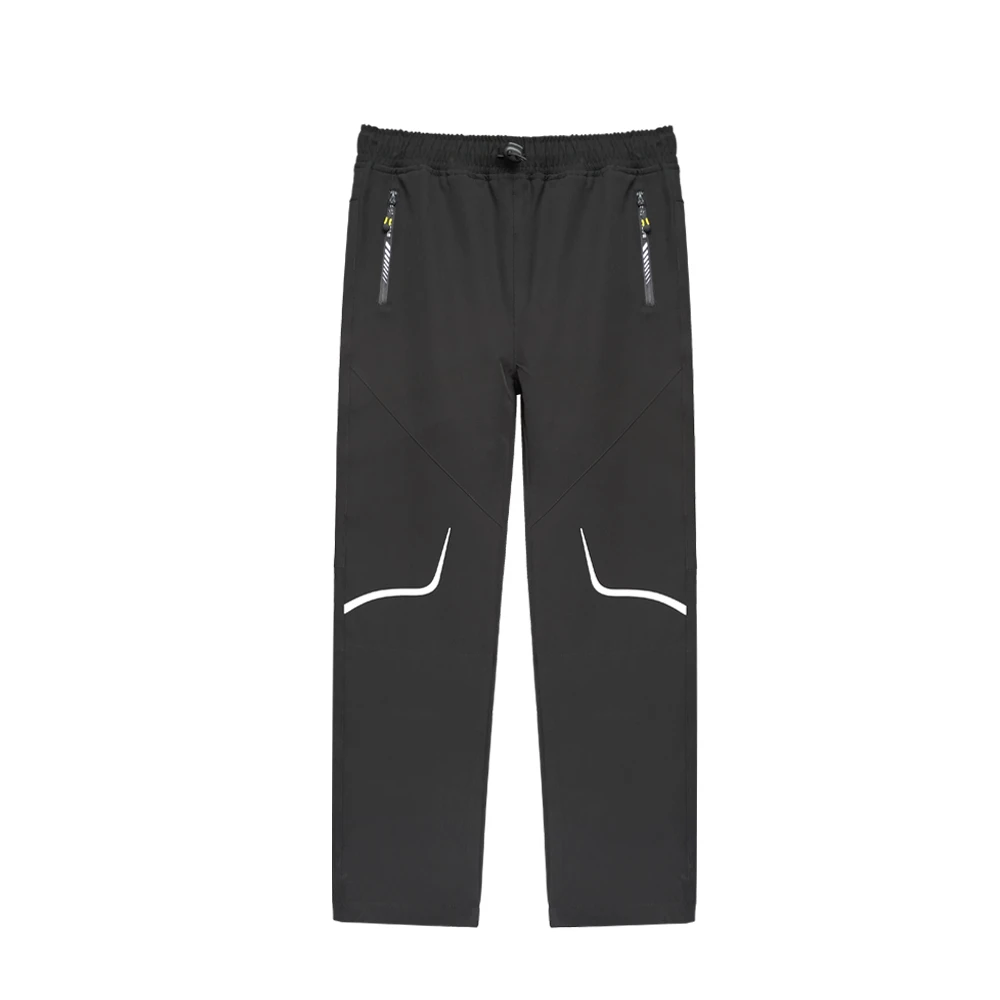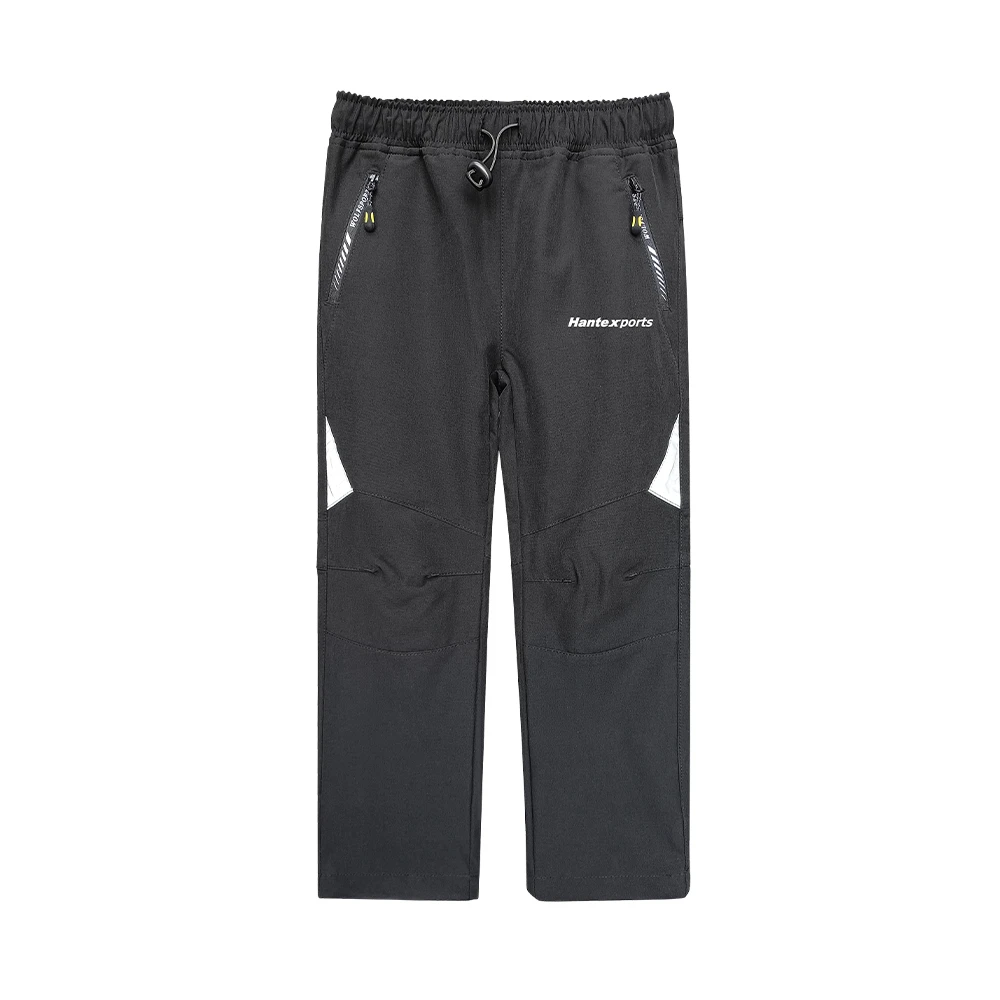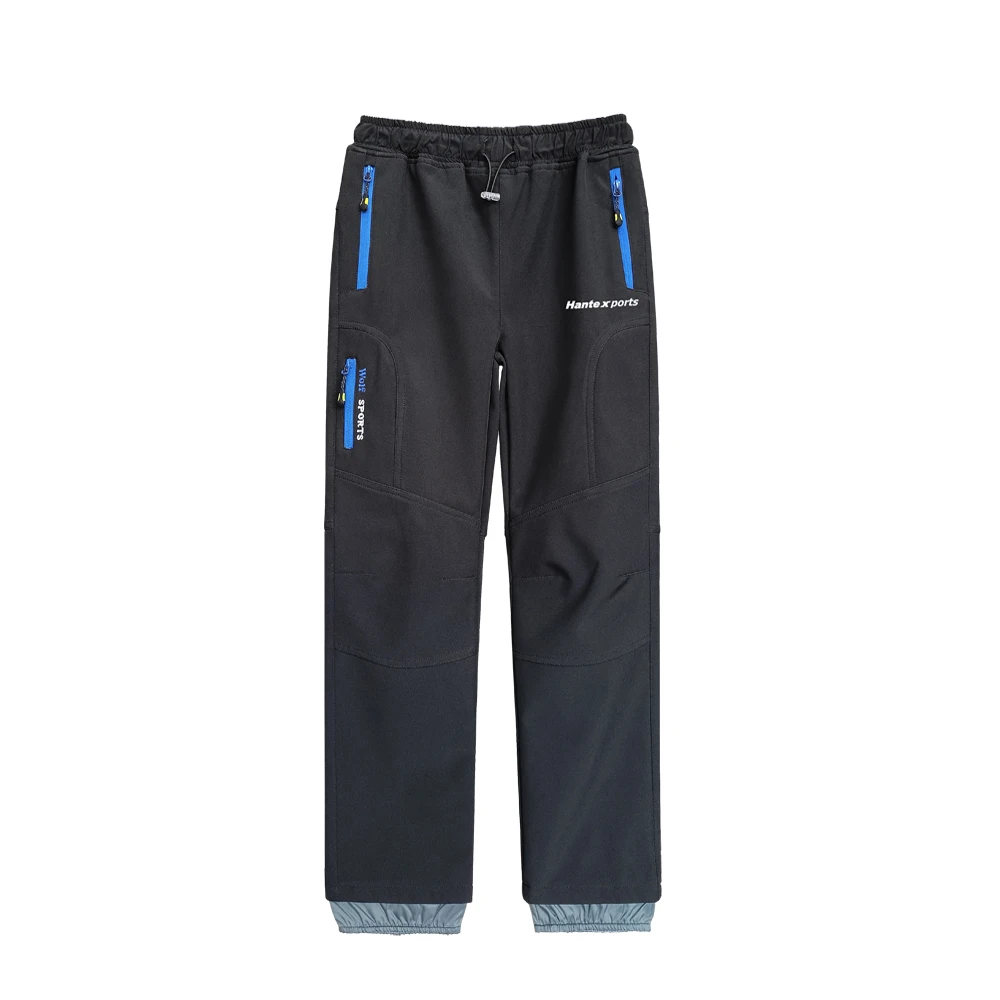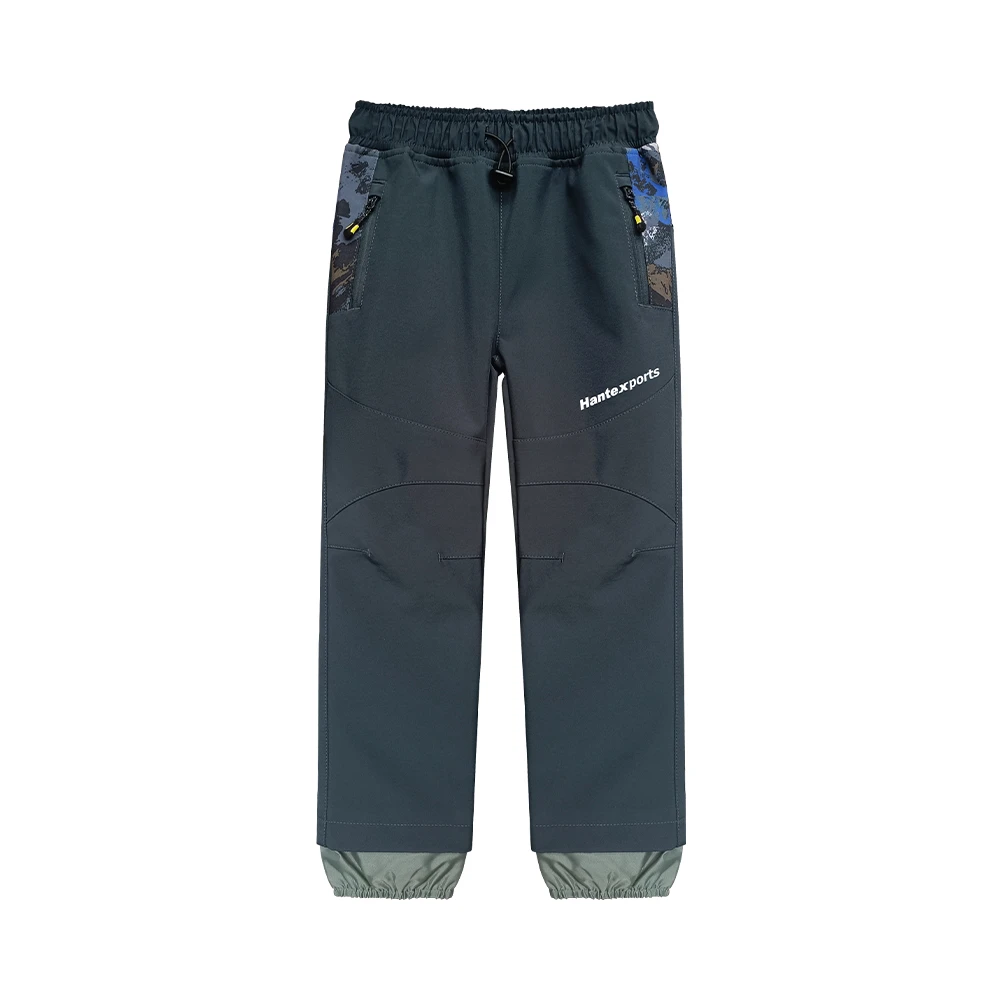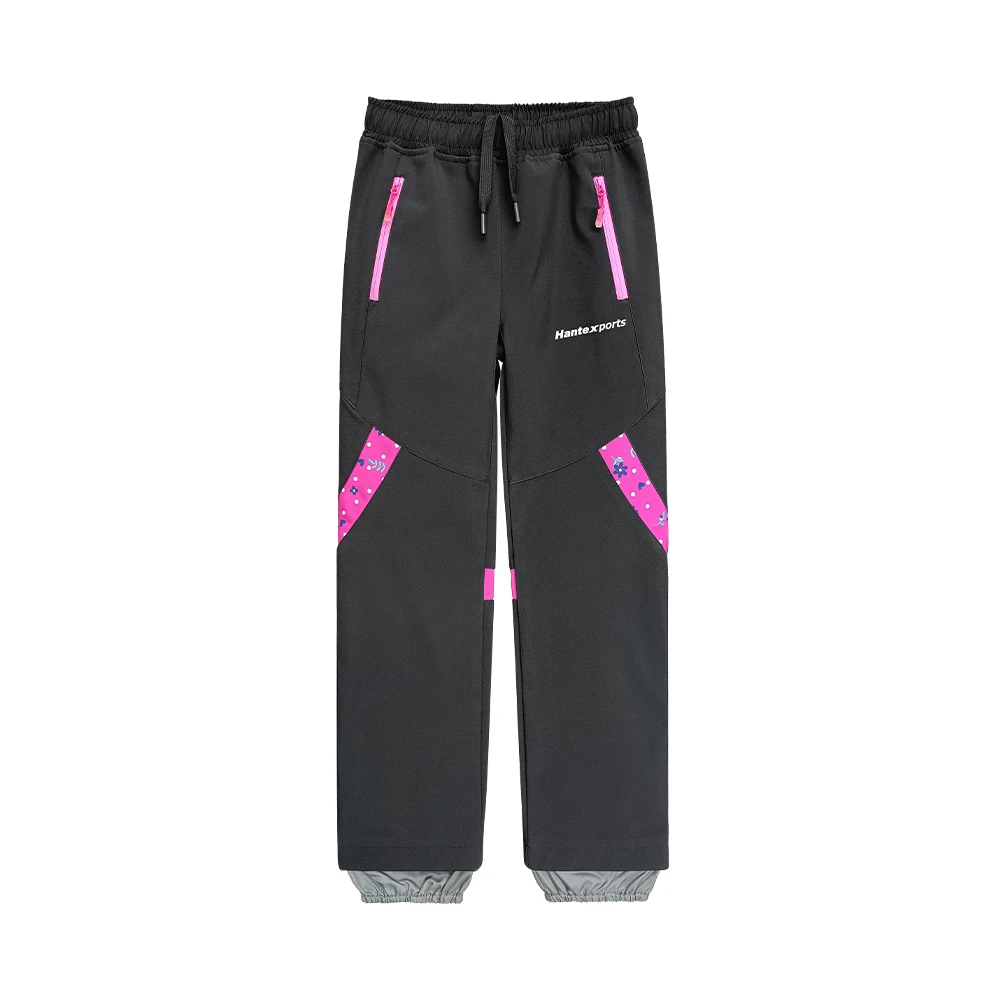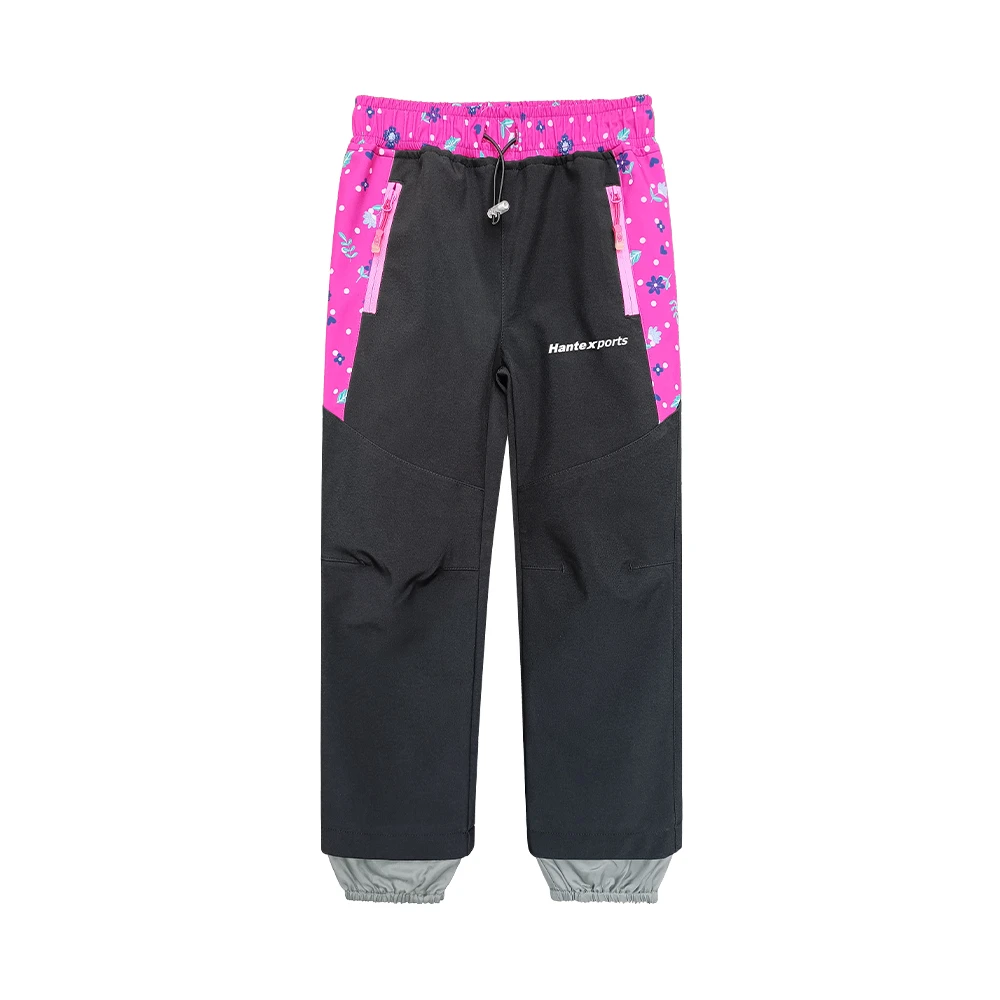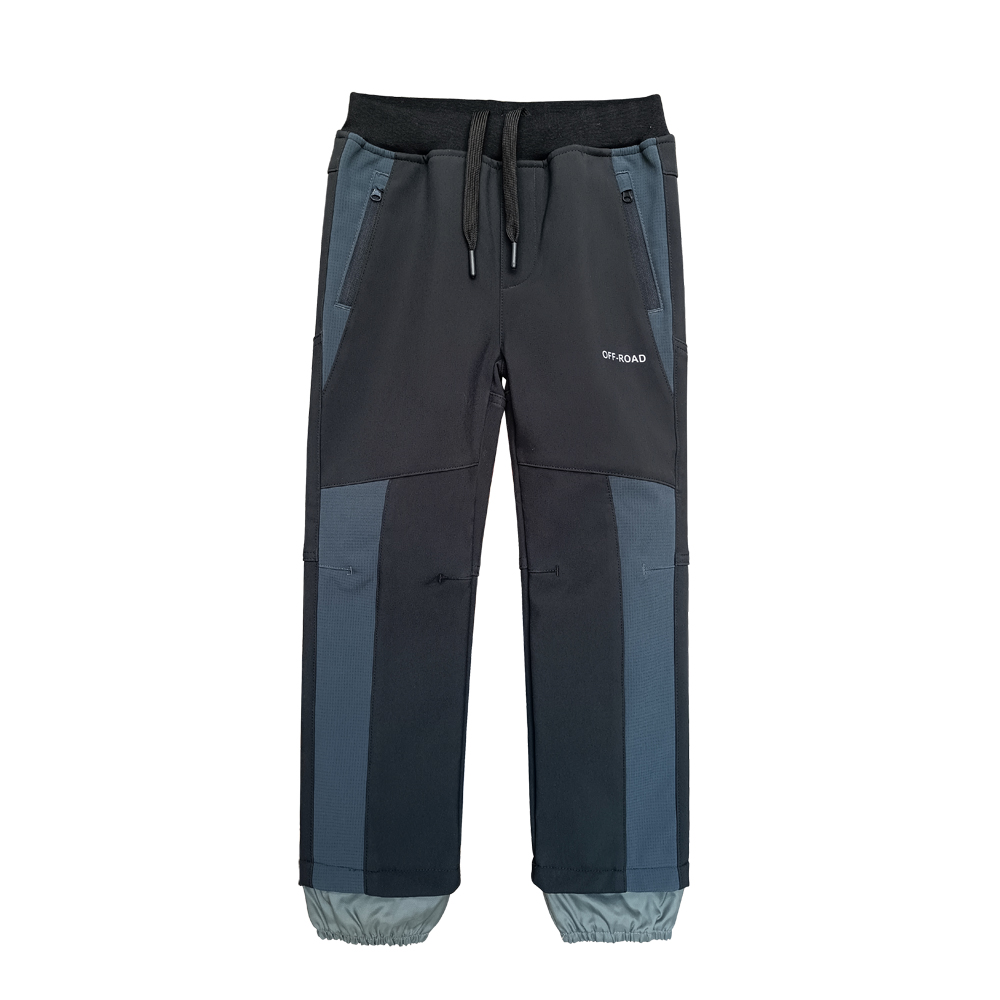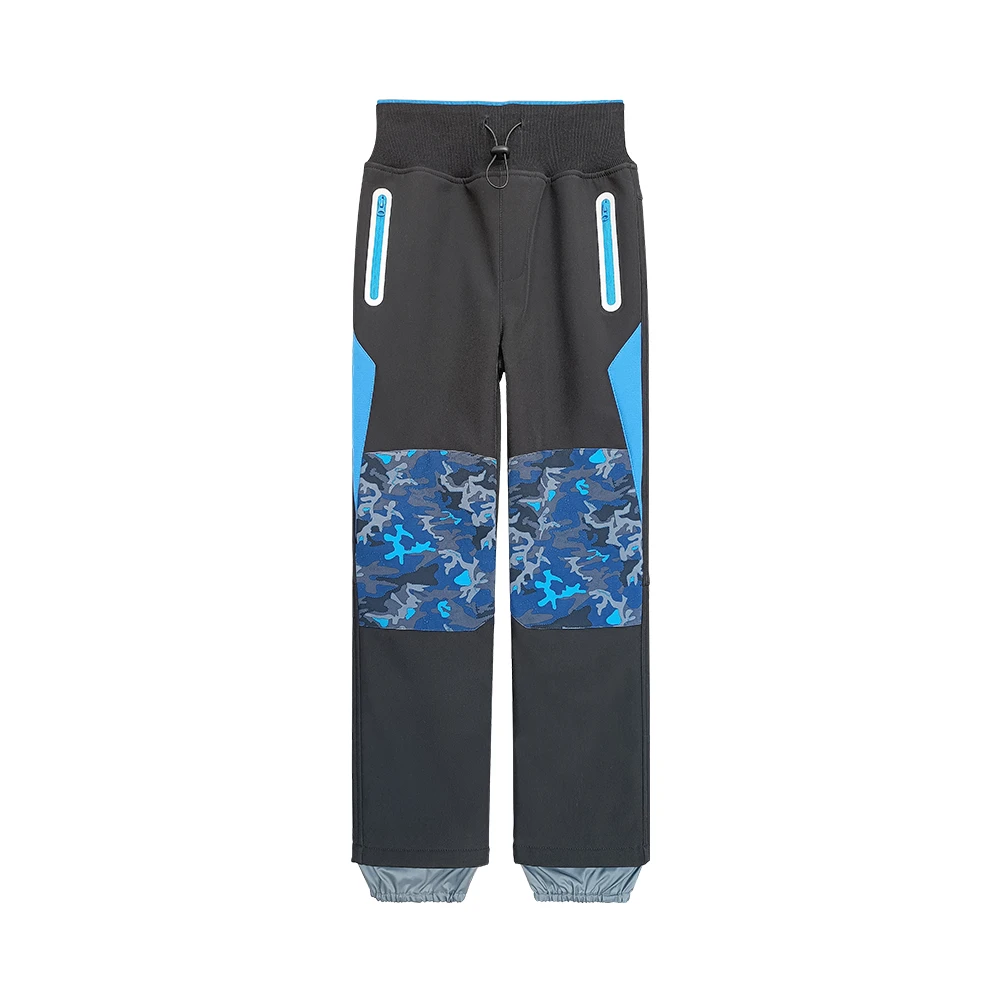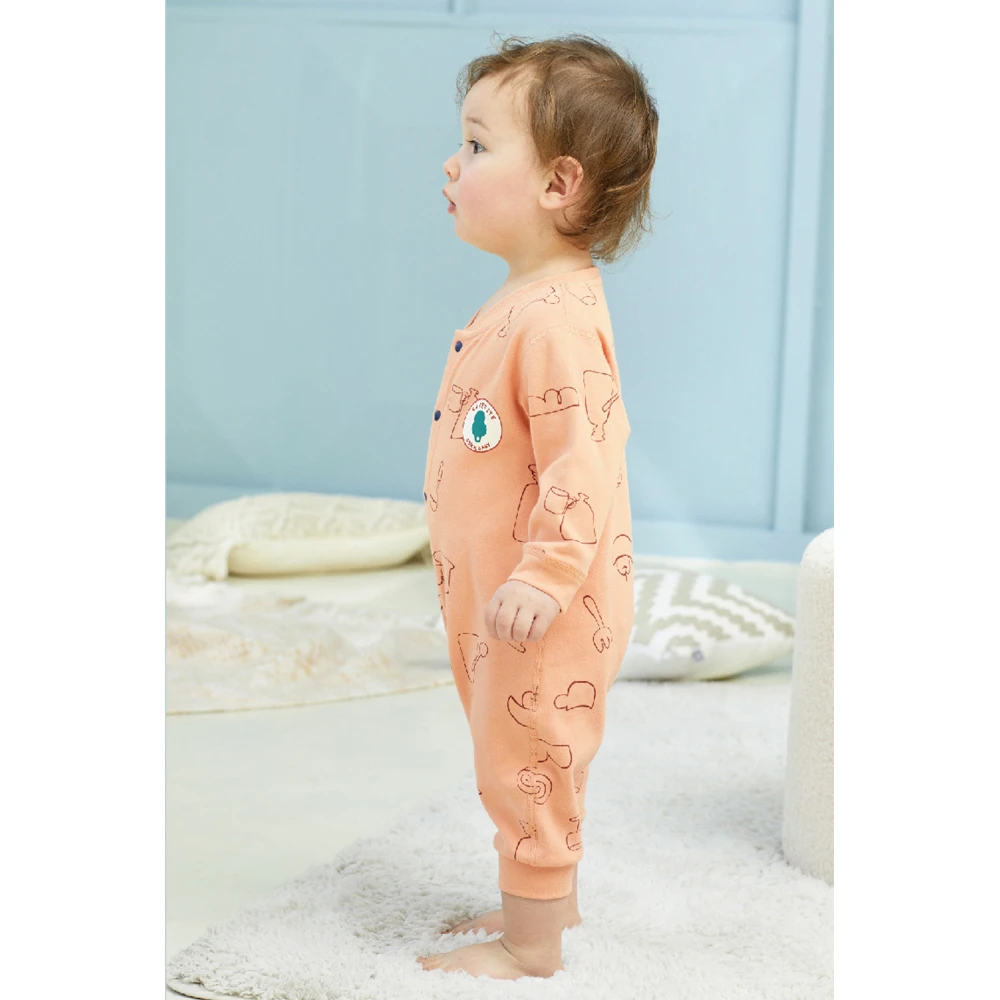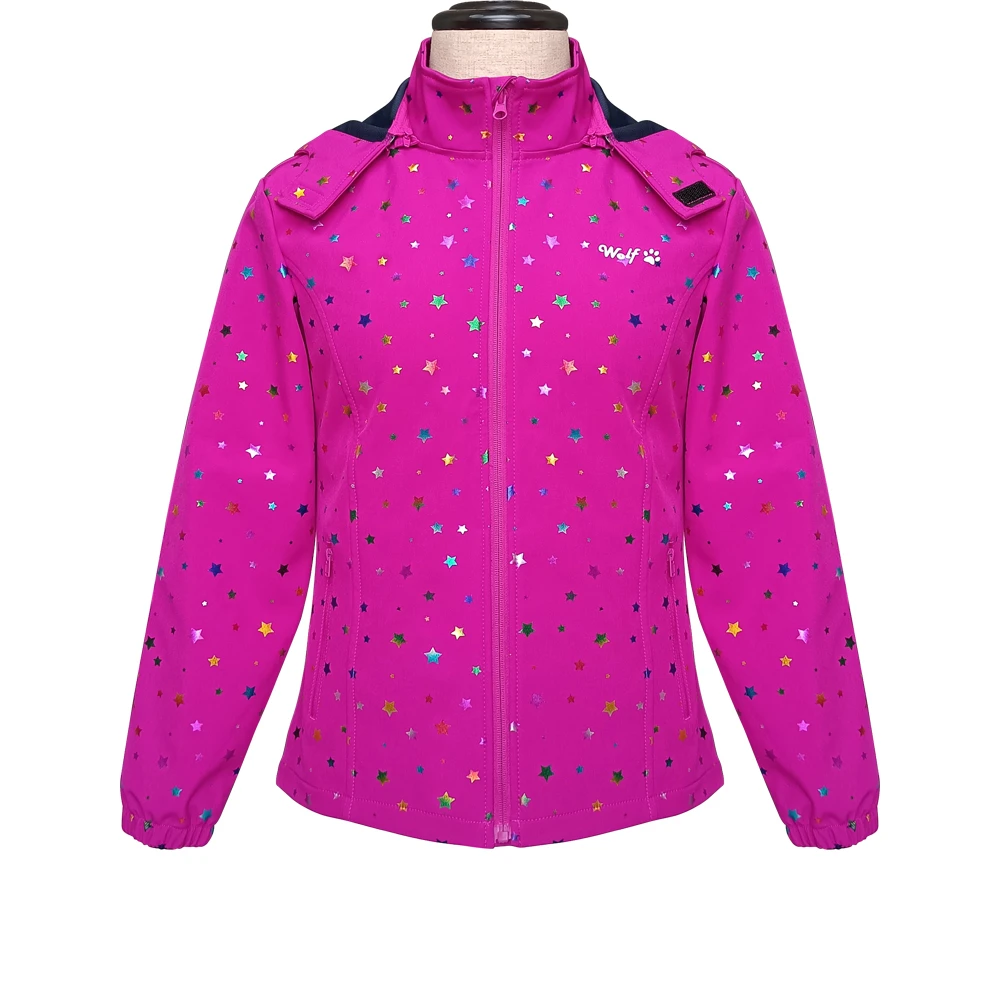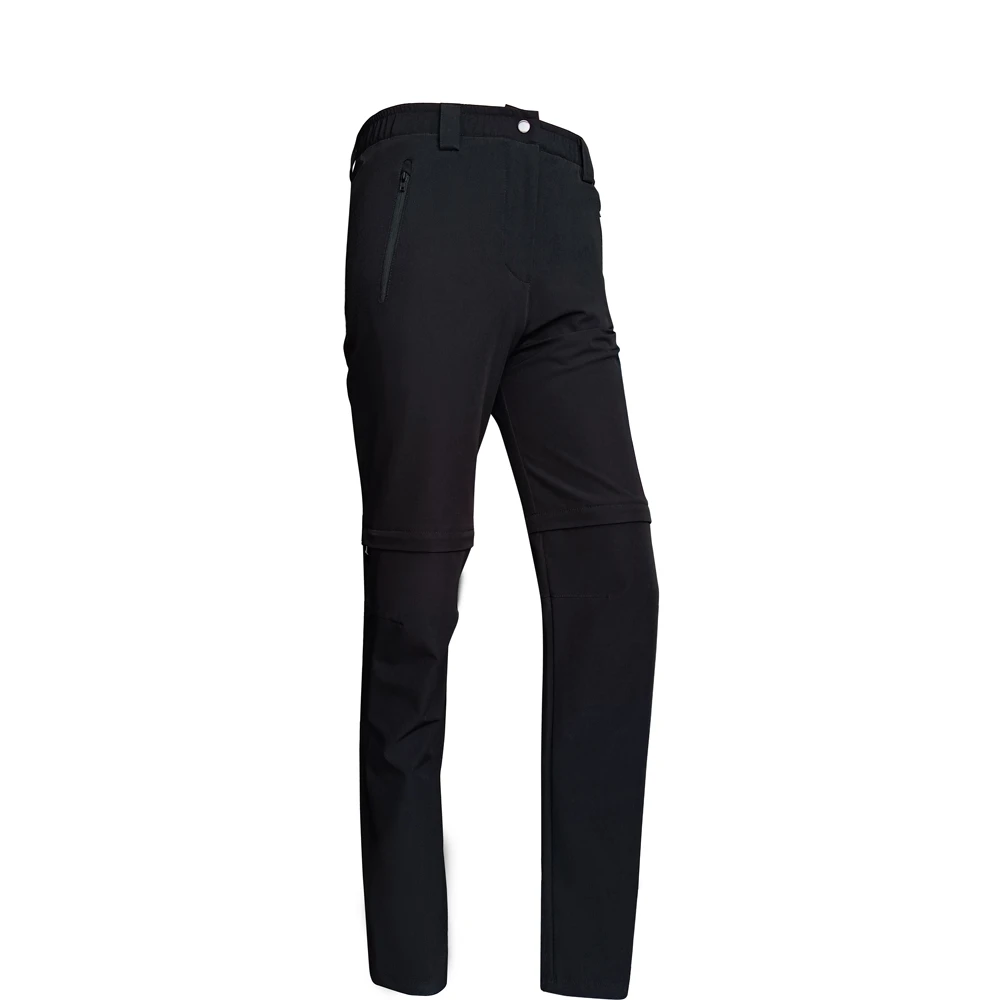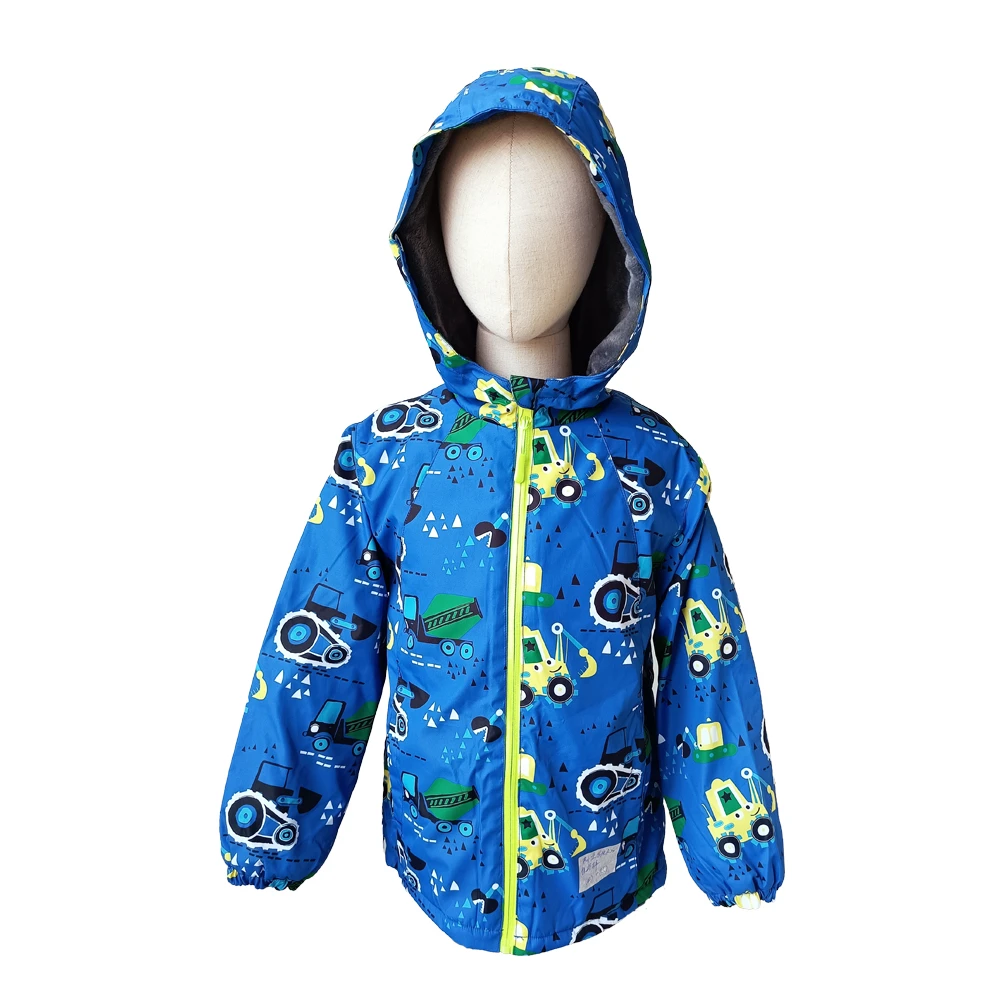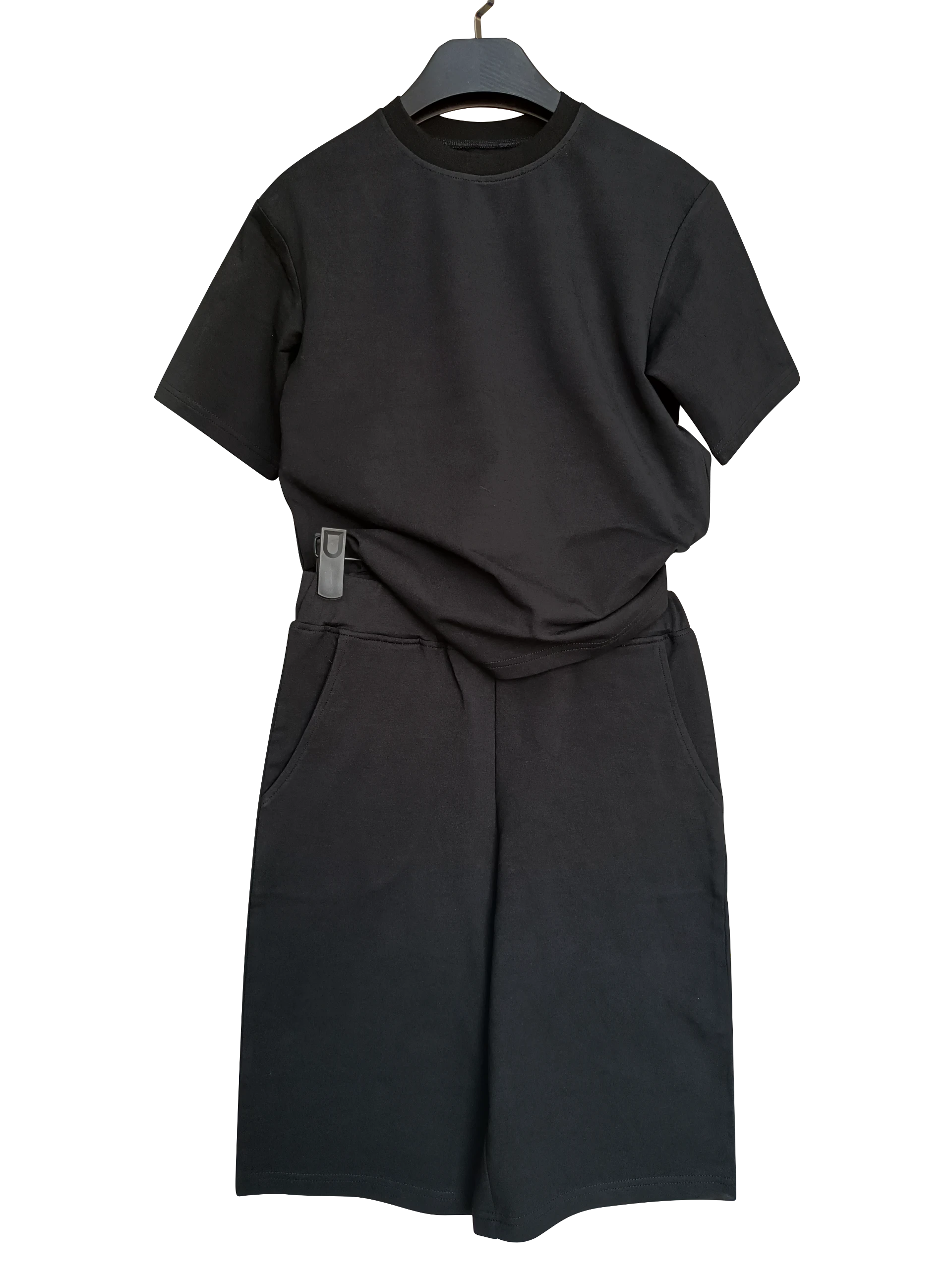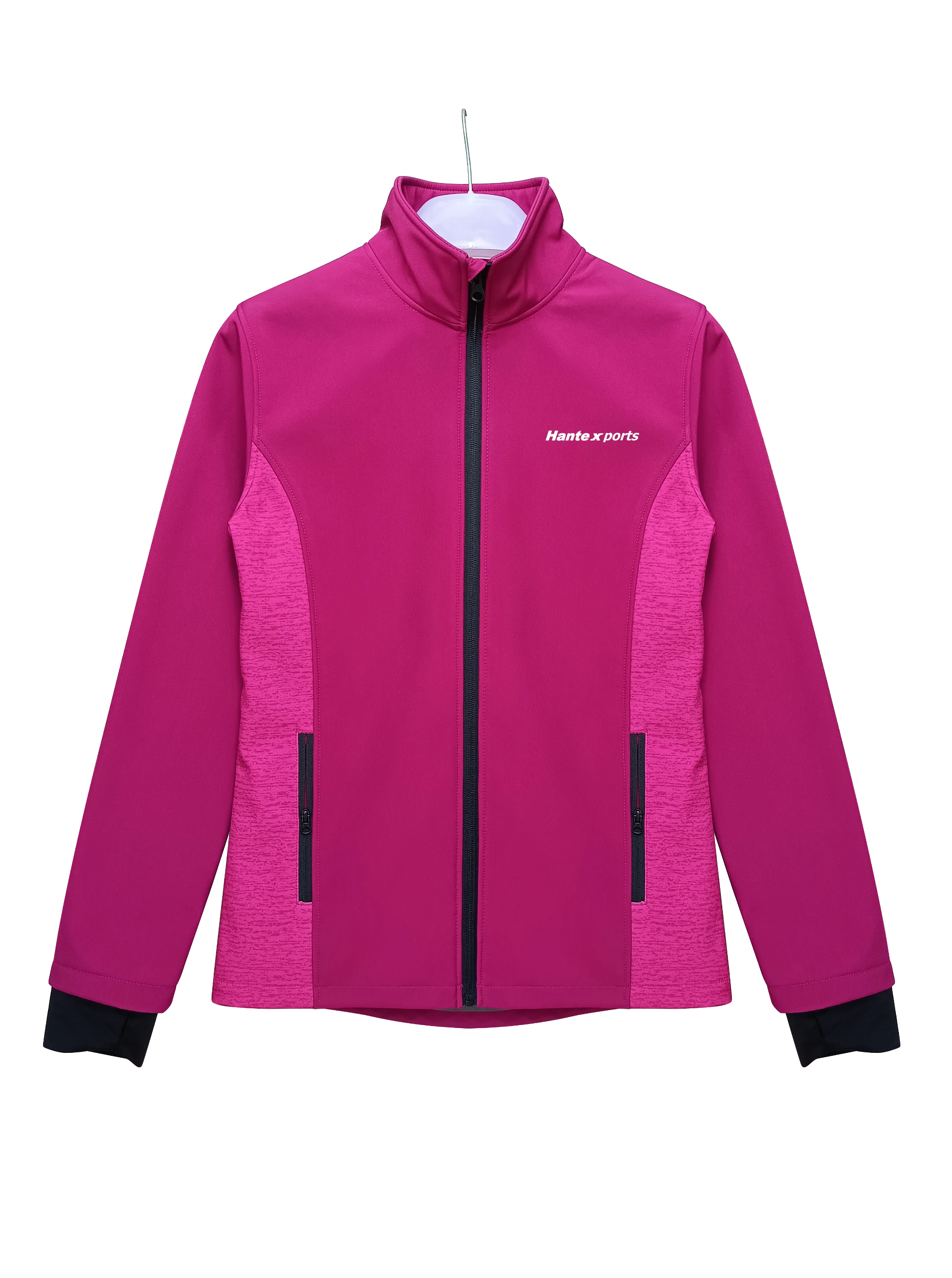Industry Trends and Market Dynamics in Thermal Apparel
The global market for thermal apparel, particularly specialized outerwear like the warm jacket, is undergoing significant transformations driven by evolving consumer demands, technological advancements in material science, and increasing awareness regarding sustainability. Industry reports indicate a compound annual growth rate (CAGR) of approximately 6.5% for the global winter clothing market from 2023 to 2030, propelled by factors such as fluctuating climate patterns leading to more extreme weather conditions, the burgeoning popularity of outdoor recreational activities, and a heightened focus on personal comfort and performance in cold environments. This growth is not merely volumetric but also qualitative, emphasizing features like enhanced insulation-to-weight ratios, superior breathability, and integrated smart technologies. Consumers, both B2C and B2B, are seeking solutions that offer optimal thermal regulation without compromising mobility or durability. For instance, the demand for high-performance textiles that provide exceptional warmth while remaining lightweight and packable is surging, particularly in sectors such as professional outdoor guides, industrial workers operating in cold storage or extreme weather, and specialized logistics personnel. Furthermore, the market is witnessing a notable shift towards eco-conscious manufacturing practices, with a strong preference for recycled content, sustainable insulation alternatives like Primaloft Bio or responsibly sourced down, and ethical supply chains. Brands that can demonstrate transparency and commitment to environmental stewardship are gaining a competitive edge, influencing purchasing decisions across various segments, including the rapidly expanding market for kids coats, where parental concerns about safety, non-toxic materials, and longevity are paramount. The integration of advanced membrane technologies, such as those offering high levels of waterproofing (e.g., 20,000mm water column) combined with excellent moisture vapor transmission rates (MVTR, e.g., 20,000 g/m²/24h), is becoming a standard expectation for premium insulated garments. This convergence of performance, comfort, and sustainability defines the contemporary landscape for the sophisticated warm jacket, pushing manufacturers to innovate continually to meet these complex requirements. The increasing urbanization and adoption of active lifestyles also contribute to the demand for versatile thermal wear that transitions seamlessly from urban commuting to weekend adventures, requiring designs that merge functional utility with aesthetic appeal. This holistic approach to product development is critical for capturing market share and fostering long-term brand loyalty in a highly competitive global arena where performance metrics are rigorously evaluated.
Technical Parameters and Performance Metrics of Advanced Thermal Jackets
The performance of a modern warm jacket is meticulously quantified through a series of critical technical parameters that delineate its efficacy in diverse environmental conditions. Key metrics include insulation fill power (for down insulation), measured in cubic inches per ounce (cu in/oz), typically ranging from 600 to 900+ FP, indicating the loft and insulating efficiency of down. Higher fill power means more warmth for less weight. For synthetic insulations, key parameters are CLO value (a measure of thermal resistance), often standardized by ASTM F1868, which quantifies the insulation's ability to retain heat, and grams per square meter (g/m²) for the insulation weight. A typical winter jacket might feature 150-200 g/m² of synthetic insulation for substantial warmth. Fabric composition is equally vital, encompassing factors like denier (D) for fabric strength and tear resistance, common values being 20D to 70D for shell fabrics, and a Durable Water Repellent (DWR) finish to shed light moisture and enhance performance. Hydrostatic Head (HH), measured in millimeters (mm), quantifies a fabric's waterproofness, with 10,000mm generally considered sufficient for moderate rain and snow, while premium jackets can exceed 20,000mm, critical for sustained exposure. Breathability, expressed as Moisture Vapor Transmission Rate (MVTR) in g/m²/24h or Ret (Resistance to Evaporative Heat Transfer), signifies the fabric's ability to allow sweat vapor to escape, preventing internal condensation and discomfort. An MVTR of 10,000 g/m²/24h is good, with high-performance jackets reaching 20,000+ g/m²/24h. These specifications collectively determine the jacket's suitability for specific applications, whether it's high-aerobic activities in cold climates or static warmth in sub-zero temperatures. For instance, a warm jacket designed for mountaineering would prioritize a high warmth-to-weight ratio, exceptional breathability, and robust abrasion resistance, whereas a jacket for urban commuting might emphasize weather protection, durability, and stylistic versatility. The integration of advanced material technologies, such as GORE-TEX for superior waterproofing and breathability, or Polartec Alpha for active insulation, represents a significant leap in thermal apparel engineering, providing solutions that adapt dynamically to the wearer's activity level and external conditions. Manufacturers often conduct rigorous laboratory testing, including thermal manikin tests (e.g., using ISO 15831) to simulate human body heat loss, and spray tests (e.g., AATCC 22) for water repellency, ensuring that advertised performance metrics are empirically verifiable.
| Parameter | Description | Typical Range / Value | Standard / Test Method |
|---|---|---|---|
| Insulation Type | The material used for thermal insulation. | Down (Duck/Goose), Synthetic (Polyester, Primaloft), Wool | N/A |
| Fill Power (FP) | Measure of down's loft/insulating efficiency. Higher = warmer per weight. | 600-900+ cu in/oz | ASTM D4790, EN 12130 |
| Insulation Weight (Synthetic) | Density of synthetic insulation in grams per square meter. | 60-300 g/m² | ISO 5084 |
| Waterproof Rating (Hydrostatic Head) | Resistance to water penetration under pressure. | 10,000mm - 25,000mm+ | ISO 811 |
| Breathability (MVTR) | Moisture Vapor Transmission Rate - how much sweat vapor escapes. | 10,000 - 25,000+ g/m²/24h | ASTM E96, JIS L1099 B1 |
| Fabric Denier | Weight and thickness of the shell fabric yarn. Higher = more durable. | 20D - 70D (Shell), 10D - 20D (Lining) | N/A |
| DWR Treatment | Durable Water Repellent finish applied to outer fabric. | C6, C8, C0 (PFC-free) | AATCC 22 (Spray Test) |
| CLO Value | Unit of thermal insulation, higher CLO means more warmth. | 0.5-2.0+ CLO for active wear | ISO 9920, ASTM F1868 |
Understanding these technical specifications is paramount for procurement managers and technical buyers in B2B contexts, as they directly correlate with a jacket's suitability for specific operational demands, its longevity, and overall return on investment. The interplay between these parameters defines the optimal balance of warmth, breathability, weight, and durability required for a particular end-use. For specialized applications such as expeditionary use or cold-chain logistics, selecting a warm jacket with superior HH and MVTR ratings, combined with a high FP or insulation weight, becomes critical for ensuring personnel safety and operational efficiency. Conversely, for corporate uniform programs or lighter winter wear for kids coats, factors like easy maintenance, robust stitching for repetitive wear, and certified non-toxic materials (e.g., Oeko-Tex Standard 100) take precedence alongside a comfortable warmth level. The advent of hybrid insulation strategies, combining down with synthetic fills in different zones of the garment, further refines thermal management, addressing areas prone to moisture exposure (like cuffs and collars) with synthetic insulation while leveraging down for core warmth. This nuanced understanding of material science and performance metrics allows for the precise selection and customization of a warm jacket solution that aligns perfectly with the unique operational challenges and budgetary constraints of any enterprise, ultimately delivering measurable benefits in terms of worker comfort, productivity, and safety in challenging environments.
Manufacturing Process: Crafting the Ideal Warm Jacket
The production of a high-quality warm jacket involves a sophisticated multi-stage manufacturing process that prioritizes precision, material integrity, and ergonomic design. Unlike heavy industrial components requiring casting or forging, textile manufacturing focuses on advanced cutting, stitching, and bonding techniques. The initial phase involves meticulous pattern design and digitization, where 2D patterns are created and optimized using CAD/CAM software to ensure minimal fabric waste and precise fit. This digital precision is crucial, especially for complex garments like a padded winter jacket with multiple panels, insulation layers, and features such as articulated sleeves or specialized pockets. Following design, material sourcing is critical; only certified high-performance shell fabrics (e.g., ripstop nylon, polyester with DWR), lining materials (e.g., breathable mesh, smooth taffeta), and insulation components (e.g., ethically sourced down, recycled synthetic fibers like Primaloft or Thinsulate) are selected, often requiring certifications like bluesign® or Responsible Down Standard (RDS). The cutting phase utilizes automated CNC fabric cutters, ensuring high accuracy and efficiency, especially for intricate pattern pieces. These machines can cut multiple layers of fabric simultaneously, reducing lead times and ensuring uniformity across production batches. Post-cutting, the various fabric pieces undergo pre-assembly processes, including pocket formation, zipper integration, and the application of heat-sealed seams for waterproofing, which is paramount for a high-performance warm jacket.
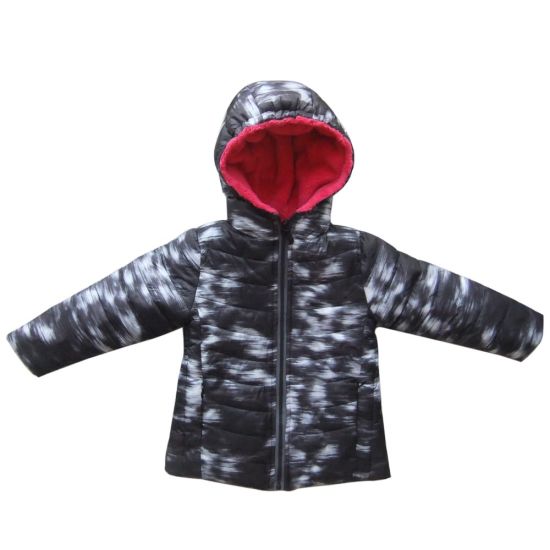
The next critical stage is the assembly, where skilled technicians utilize advanced industrial sewing machines to stitch the various components together. For insulated jackets, this often involves a "sandwich" construction where the outer shell, insulation, and inner lining are meticulously sewn to create baffles or channels that hold the insulation in place, preventing migration and cold spots. For down jackets, specialized down-filling machines accurately inject the precise amount of down into each baffle, often in controlled, dust-free environments to maintain cleanliness and fill power. This process requires significant expertise to ensure consistent fill distribution and avoid clumpiness, which can compromise the thermal performance of the warm jacket. Quality control checkpoints are integrated throughout the assembly line: visual inspections for stitching integrity, seam sealing tests, and component alignment checks are performed at various stages. After assembly, the jackets undergo a series of stringent post-production processes, including DWR re-application (if needed), final pressing, and detailed quality assurance inspections covering every aspect from zipper functionality and snap security to overall fit and finish. Compliance with international standards such as ISO 9001 for quality management systems, ISO 14001 for environmental management, and specialized textile standards like Oeko-Tex Standard 100 (for harmful substances) is rigorously maintained to guarantee product safety, reliability, and ethical production practices. The typical service life of a well-maintained, high-quality warm jacket designed for commercial or industrial use can range from 5 to 10 years, depending on the intensity of use and care, offering exceptional long-term value. These jackets are indispensable across a wide range of industries: in petrochemical facilities for workers exposed to cold process areas, in metallurgy for protection against extreme ambient temperatures, in utilities and municipal services for outdoor maintenance crews, and particularly in logistics and cold-chain management where personnel are constantly in refrigerated environments. The inherent advantages in these scenarios include superior thermal regulation leading to reduced energy expenditure by the wearer, enhanced worker comfort and productivity, and significant protection against cold-related health risks such as hypothermia and frostbite. Furthermore, the specialized design elements—like high-visibility panels, durable construction suitable for demanding work, and easy integration with safety harnesses—ensure that the jacket not only provides warmth but also contributes to overall workplace safety and operational efficiency, making it a critical asset in challenging industrial settings. The focus on durability and performance means these garments excel in preventing heat loss and offering robust protection against wind chill and precipitation, directly translating into tangible benefits for businesses seeking to optimize their operational workflows in harsh climatic conditions, ensuring minimal downtime and maximum personnel comfort.
Ensuring Excellence: Quality Assurance, Certifications, and Industry Authority
In the B2B procurement of high-performance apparel like a warm jacket, the assurance of quality, adherence to international standards, and demonstrated industry authority are non-negotiable criteria. Manufacturers committed to excellence implement multi-tiered quality assurance protocols that extend from raw material procurement to final product inspection. This robust framework typically begins with comprehensive supplier vetting, ensuring all textile mills and component providers meet strict quality, ethical, and environmental benchmarks. For instance, the Responsible Down Standard (RDS) certification is critical for down-insulated jackets, guaranteeing that down and feathers come from ducks and geese that have been treated humanely. Similarly, the bluesign® system ensures that fabrics are produced with minimal impact on people and the environment, utilizing responsible resource use and reduced emissions. Fabric testing for properties such as tear strength (ASTM D1424), abrasion resistance (ASTM D3884), colorfastness (AATCC 8), and pilling resistance (ASTM D3512) is performed rigorously to confirm durability and aesthetic longevity. Beyond material testing, the manufacturing process itself is subject to continuous monitoring. In-line quality checks are performed at every critical juncture: pattern cutting precision, seam integrity, zipper functionality, and the even distribution of insulation. Final product inspections are exhaustive, often involving trained quality control specialists who check every stitch, seam, and feature against detailed specifications and tolerance limits. This includes functional tests, such as checking for waterproof integrity with a shower test, and assessing thermal performance using a thermal manikin in a controlled climatic chamber, yielding empirical data that can be presented to B2B clients.

Certifications play a pivotal role in establishing authoritativeness. An ISO 9001 certified manufacturer demonstrates a commitment to consistent quality management, ensuring that processes are standardized and continually improved. For garments, the Oeko-Tex Standard 100 certification is particularly important, especially for items like kids coats, as it guarantees that textiles are free from harmful substances, safeguarding wearer health. Furthermore, compliance with specific industry standards, such as ANSI/ISEA 107 for high-visibility safety apparel (if applicable to the jacket's design), underscores a manufacturer's capacity to meet specialized professional requirements. Our company, for instance, boasts over two decades of experience in technical apparel manufacturing, collaborating with leading material science innovators and serving a diverse clientele ranging from global outdoor brands to specialized industrial contractors. We maintain a stringent quality management system, certified to ISO 9001:2015, and our commitment to sustainability is evidenced by our adherence to the Global Organic Textile Standard (GOTS) for relevant product lines and our active participation in initiatives promoting responsible manufacturing. Client testimonials consistently highlight our reliability, the superior performance of our products, and our responsive customer service. We also provide comprehensive test data for our core products, including thermal resistance curves, waterproof ratings, and breathability indices, enabling our B2B partners to make informed decisions based on verifiable performance. Our long-standing relationships with key industry players and our track record of successful, large-scale deployments of specialized thermal wear stand as testament to our authoritative position in the market. This deep-rooted expertise, coupled with transparent adherence to global quality and ethical standards, builds the essential trust required for successful, long-term B2B partnerships, ensuring that every warm jacket we deliver meets or exceeds the most demanding performance and safety expectations.
Application Scenarios and Industry Versatility of High-Performance Warm Jackets
The versatility of a well-engineered warm jacket extends across a multitude of application scenarios, making it an indispensable asset in various professional and recreational domains where thermal protection is paramount. In the industrial sector, these jackets are crucial for workers in cold storage facilities, maintaining temperatures as low as -20°C to -30°C, where continuous exposure demands robust insulation and durability. Similarly, in the oil and gas industry, personnel working on offshore rigs or in remote arctic exploration sites require specialized thermal gear that can withstand extreme wind chill, moisture, and sub-zero temperatures, often incorporating flame-resistant properties for added safety. Construction workers operating in winter conditions, particularly those involved in high-altitude projects or prolonged outdoor tasks, rely on these jackets to maintain core body temperature and prevent cold stress, thereby improving productivity and reducing the risk of accidents. In the logistics and transportation sector, drivers, warehouse staff, and freight handlers operating in unheated environments or during cross-country cold-weather transit benefit immensely from the enhanced comfort and warmth provided by a professional-grade warm jacket, reducing fatigue and improving operational efficiency. Beyond heavy industry, the utility of these jackets is evident in public service roles. Emergency responders, including paramedics, firefighters, and search-and-rescue teams, require lightweight yet highly insulating jackets that allow for maximum mobility while offering critical protection against the elements during prolonged outdoor operations. Military and law enforcement personnel operating in cold climates also utilize advanced thermal jackets designed to provide optimal warmth and concealment without impeding tactical movements.

The application spectrum also extends significantly into specialized niches such as professional photography in extreme cold, wildlife research in polar regions, and even in the burgeoning field of outdoor education for expedition leaders. For the consumer market, particularly for kids coats, the design considerations shift slightly but maintain a core focus on warmth, safety, and durability. Parents demand jackets that are easy to clean, resistant to tears from active play, and, crucially, free from harmful chemicals, adhering to standards like Oeko-Tex Standard 100. The advantages offered by high-performance thermal jackets in these diverse scenarios are manifold: they significantly reduce the risk of cold-related injuries (e.g., frostbite, hypothermia), enhance user comfort leading to sustained performance, and, for businesses, translate into higher employee retention and reduced sick leave due to cold exposure. The advanced materials and construction techniques, such as baffled insulation to prevent cold spots and moisture-wicking linings to manage perspiration, contribute directly to the garment's ability to maintain a stable microclimate around the wearer, regardless of external conditions. Furthermore, the integration of features like adjustable hoods, storm cuffs, and ample pocket space enhances functionality, making the jacket adaptable to various tools and equipment required for specific tasks. For instance, in an industrial setting, a warm jacket designed with reinforced stress points, heavy-duty zippers, and reflective elements for visibility can prevent accidents and extend garment life, thereby offering a significant return on investment for companies investing in high-quality personal protective equipment (PPE). The strategic deployment of a superior thermal jacket is thus not merely a comfort measure but a critical operational decision that enhances safety, productivity, and resilience in challenging environments. This broad applicability underscores the imperative for manufacturers to offer customizable solutions that cater to the precise requirements of each industry and end-user, ensuring that the benefits of advanced thermal apparel are fully leveraged across the board.
Technical Advantages of Advanced Warm Jackets: Beyond Basic Insulation
The contemporary warm jacket distinguishes itself from conventional winter wear through a myriad of technical advantages that directly address the complex challenges of cold-weather environments and dynamic activity levels. One primary advantage lies in the sophisticated thermal mapping and zoned insulation. Instead of uniform insulation thickness, advanced jackets strategically place varying densities of insulation in different body areas. For instance, more insulation might be concentrated in the core and back, while sleeves and underarms feature lighter, more breathable insulation or even stretch panels to facilitate freedom of movement and prevent overheating during exertion. This intelligent design optimizes warmth where it's most needed while minimizing bulk and maximizing breathability. Coupled with this is the integration of cutting-edge hydrophobic down treatments or fully synthetic insulation technologies like Primaloft Gold or Thinsulate Featherless. Traditional down loses its insulating properties when wet, but hydrophobic down is treated to resist moisture absorption, retaining loft and warmth even in damp conditions. Synthetic alternatives, by their very nature, perform exceptionally well when wet, making them ideal for high-humidity or mixed-precipitation environments. The breathability factor is another critical differentiator. While maximizing warmth, a superior warm jacket simultaneously manages internal moisture buildup through highly breathable membranes (e.g., GORE-TEX Pro, eVent) and strategically placed ventilation zips (pit zips). This prevents the dreaded "cold clammy" feeling that occurs when perspiration condenses inside the jacket, leading to rapid heat loss. The ability to shed excess heat while maintaining core warmth is paramount for activities involving fluctuating exertion levels.
Furthermore, the construction techniques employed in modern thermal jackets contribute significantly to their performance. Seam sealing, either through taping or welding, ensures complete waterproof integrity, preventing water ingress at stitched areas which are typically vulnerable points. Articulated designs in elbows, shoulders, and knees (for integrated systems) provide unparalleled ergonomic comfort and range of motion, crucial for professional applications requiring active movement or precise tasks. High-tenacity face fabrics, often ripstop nylon or polyester, are engineered for exceptional abrasion and tear resistance, vastly extending the garment's service life in demanding industrial or outdoor environments. These fabrics are typically treated with a Durable Water Repellent (DWR) finish, often a C0 PFC-free variant for environmental responsibility, which causes water to bead up and roll off the surface, preventing the outer fabric from wetting out and compromising the membrane's breathability. The advanced closure systems, including robust YKK AquaGuard zippers, adjustable cuffs, and hem drawcords, are designed to create effective thermal seals, preventing drafts and heat escape. These seemingly minor details collectively contribute to a jacket's superior performance in adverse conditions. For industrial procurement, these technical advantages translate directly into increased worker safety by reducing the risk of cold-related injuries, enhanced productivity due to improved comfort and mobility, and long-term cost savings through reduced garment replacement rates. The initial investment in a technically advanced warm jacket yields substantial dividends in operational efficiency and human capital protection, making it a strategic choice for any organization operating in cold or challenging environments, including outfitting for specialized needs like kids coats where durability and protective features are paramount. The synergy of innovative materials, intelligent design, and precision manufacturing elevates these garments from simple clothing to critical performance equipment.
Manufacturer Comparison and Strategic Selection for Optimal Warm Jacket Procurement
Navigating the diverse landscape of warm jacket manufacturers requires a strategic approach, particularly for B2B procurement professionals seeking optimal value, performance, and reliability. Key differentiators among manufacturers often include their specialization, material partnerships, production capabilities, and post-sales support. Tier-one manufacturers, typically global players, invest heavily in R&D, leading to proprietary technologies and materials (e.g., Arc'teryx's Gore-Tex integration, Patagonia's recycled insulation). Their strengths lie in cutting-edge performance, extensive product ranges, and strong brand recognition. However, these often come with higher price points and potentially longer lead times for custom orders. Mid-tier manufacturers, while perhaps not always at the absolute forefront of material innovation, excel in delivering excellent price-to-performance ratios. They leverage established technologies effectively, offer robust standard product lines, and frequently provide more flexible customization options with competitive minimum order quantities (MOQs). Niche or specialized manufacturers, on the other hand, focus on very specific applications, such as extreme cold weather gear for polar expeditions or specialized protective apparel for hazardous industrial environments. Their strength is deep expertise in a narrow field, offering highly tailored solutions, though their scalability for very large orders might be limited. When evaluating manufacturers for a warm jacket order, it's crucial to assess their certifications (ISO 9001, Oeko-Tex, bluesign®, RDS), their capacity for volume production, their adherence to ethical labor practices, and their proven track record of on-time delivery. Furthermore, an often-overlooked aspect is their supply chain transparency and resilience, especially in a volatile global market.
| Category | Key Strengths | Considerations | Best For |
|---|---|---|---|
| Global Premium Brands | Cutting-edge innovation, highest performance, strong brand recognition, extensive R&D. | High cost, less flexible customization, potentially longer lead times. | High-profile corporate gifting, specialized expeditionary teams, top-tier performance needs. |
| Mid-Tier Volume Producers | Excellent price-to-performance, flexible MOQs, good customization, established supply chains. | May not offer latest proprietary tech, range might be less niche-specific. | Corporate uniforms, large-scale industrial outfitting, reliable bulk orders. |
| Niche/Specialized OEMs | Deep expertise in specific applications (e.g., military, extreme cold), highly tailored solutions. | Higher unit cost for low volumes, limited scalability, fewer standard designs. | Highly specialized protective apparel, mission-critical gear, specific technical requirements. |
Our company typically falls into the mid-tier to specialized OEM category, offering the distinct advantage of providing highly customized and technologically advanced solutions with the flexibility and competitive pricing often associated with volume producers. We distinguish ourselves through our commitment to vertical integration and long-term partnerships with raw material suppliers, ensuring consistent quality and reduced lead times. Our core strength lies in our ability to translate complex B2B requirements into tangible product specifications, developing bespoke designs that address unique challenges, whether it's for a fleet of cold-chain logistics vehicles requiring durable and highly visible jackets or for an educational institution needing robust and safe kids coats. We emphasize transparent communication throughout the project lifecycle, from initial concept development and sample production to bulk manufacturing and final delivery. This collaborative approach ensures that the final product not only meets but often exceeds client expectations. Furthermore, our robust after-sales support, including warranty provisions and guidance on maintenance, further solidifies our position as a trustworthy partner. By choosing a manufacturer with a proven track record of technical competence, adherence to quality standards, and a customer-centric approach, businesses can secure a warm jacket solution that delivers superior performance, durability, and a compelling return on investment, optimizing their operational capabilities in cold weather conditions.
Customization Solutions for Diverse Requirements: Tailoring Your Warm Jacket
In the B2B landscape, a one-size-fits-all approach rarely suffices for specialized apparel like a high-performance warm jacket. Customization is a crucial element that allows businesses to tailor garments precisely to their operational needs, brand identity, and employee safety requirements. Our comprehensive customization capabilities encompass a wide spectrum, ranging from material selection and insulation types to specific design features and branding elements. Clients can specify the outer shell fabric, choosing from options like high-denier ripstop nylon for extreme durability, softshell for enhanced flexibility and breathability, or specialized fabrics with inherent flame-retardant (FR) properties for hazardous environments. The choice of insulation can be optimized based on target temperature ranges and activity levels; for instance, ethically sourced high-fill-power down for static warmth in sub-zero climates, or innovative synthetic insulations for active use and wet conditions. We offer precise control over the insulation weight (grams per square meter for synthetic, or fill weight for down) to achieve specific CLO values and thermal performance ratings, ensuring the jacket provides the exact level of warmth required for a particular job function or climate zone. Furthermore, the selection of waterproof and breathable membranes, such as those with varying hydrostatic head and MVTR ratings, can be tailored to match exposure to precipitation and exertion levels, optimizing comfort and protection.
Beyond materials, functional design elements are highly customizable. This includes the placement and type of pockets (e.g., radio pockets, large utility pockets, zippered chest pockets for secure storage), integrated hood designs (detachable, adjustable, helmet-compatible), ventilation systems (pit zips, back vents), and specialized cuff closures (hook-and-loop, elastic, inner gaiters for snow protection). Reflective elements for enhanced visibility, conforming to ANSI/ISEA 107 standards for high-visibility apparel, can be strategically incorporated. Ergonomic considerations, such as articulated sleeves and gusseted underarms, can be customized to ensure maximum range of motion for specific tasks. For organizations, branding opportunities are vital; we offer various methods for incorporating company logos, employee names, and departmental identifiers, including embroidery, screen printing, heat transfers, and reflective transfers. This not only reinforces corporate identity but also facilitates quick identification in large teams or emergency situations. Sizing inclusivity is another key aspect of our customization, providing a full range of sizes, including tall and husky options, to ensure a comfortable and professional fit for all personnel. For highly specialized requests, such as a warm jacket designed for specific equipment integration (e.g., body cameras, communication devices), our design team collaborates closely with clients to develop innovative solutions. This iterative design process, involving prototypes and client feedback, ensures that the final customized warm jacket not only meets but exceeds all functional and aesthetic requirements, offering a truly bespoke solution that optimizes employee safety, comfort, and corporate image in the most demanding environments, including specialized needs for children’s outerwear like kids coats where robust design and custom safety features are highly valued by schools and youth organizations. This tailored approach ensures that the investment in high-performance thermal apparel yields maximum operational benefits.
Real-World Impact: Application Case Studies of Advanced Warm Jackets
The tangible benefits of investing in a high-quality warm jacket are best illustrated through real-world application case studies, demonstrating measurable improvements in safety, productivity, and operational efficiency across diverse industries.
Case Study 1: Cold Chain Logistics Optimization
A major international cold chain logistics provider faced significant challenges with employee comfort and retention in their frozen food warehouses, where ambient temperatures averaged -25°C (-13°F). Their existing winter gear was bulky, restricted movement, and provided inadequate insulation, leading to frequent breaks, reduced productivity, and high staff turnover. We developed a customized warm jacket solution, utilizing lightweight yet highly insulated synthetic fill (200 g/m² Primaloft Gold) and a durable, waterproof-breathable outer shell (20,000mm HH / 15,000 g/m²/24h MVTR) with a ripstop nylon face fabric. The design incorporated articulated elbows for ease of movement when handling inventory, reinforced high-wear areas, and integrated reflective piping for low-light visibility within the warehouse.
Results: Within six months of deployment, the client reported a 20% increase in average task completion rates, a 15% reduction in employee sick days attributed to cold exposure, and a 25% improvement in overall employee satisfaction scores. The enhanced mobility and consistent warmth provided by the new jackets directly contributed to these operational gains, proving the significant return on investment in high-performance thermal apparel. The jackets' durability also reduced replacement cycles by 30%, further contributing to cost savings.
Case Study 2: Municipal Utility Field Operations
A large municipal water and power utility struggled with equipping its field maintenance crews for winter operations in regions experiencing heavy snowfall and freezing rain. Their standard-issue jackets were prone to wetting out, lacked adequate warmth, and offered insufficient visibility for roadside work. Our solution involved developing a custom warm jacket designed specifically for outdoor utility work. This jacket featured a highly waterproof and breathable 3-layer laminated shell fabric (25,000mm HH / 20,000 g/m²/24h MVTR), combined with a zoned insulation strategy using a mix of down in the core and synthetic insulation in the shoulders and sleeves for better wet-weather performance. Crucially, the jackets were designed in ANSI/ISEA 107 Class 3 compliant high-visibility yellow with extensive reflective striping, ensuring maximum safety near traffic. Features like radio loops, large glove-friendly pockets, and an adjustable, helmet-compatible hood were integrated.
Results: The utility reported a dramatic improvement in crew safety, with zero cold-related incidents reported in the first winter season compared to multiple incidents previously. Productivity during storm response improved by an estimated 18% as crews could work longer shifts comfortably and efficiently. The enhanced visibility also led to a 40% reduction in near-miss incidents involving vehicles. The reliability and performance of the specialized warm jacket became a critical factor in maintaining essential public services during harsh winter weather.
Case Study 3: Educational Sector & Kids Coats for Outdoor Programs
A progressive outdoor education academy sought durable, safe, and highly insulating winter jackets for their students participating in wilderness programs, ranging from temperate forest treks to alpine excursions. Standard retail kids coats often failed to withstand the rigorous demands of outdoor learning, wearing out quickly or lacking sufficient thermal regulation for varying activity levels and unpredictable weather. We partnered with the academy to design a line of purpose-built children’s thermal jackets. These jackets featured a robust, tear-resistant outer fabric, 600-fill-power hydrophobic down insulation (ethically sourced and RDS certified), and reinforced elbows and shoulders. Key safety features included break-away hoods, reflective elements for visibility in low light, and non-toxic, Oeko-Tex certified materials. Adjustable cuffs and hems were designed for growth, extending the usable life of each jacket.
Results: The academy observed a significant reduction in jacket replacements, with the new custom warm jacket lasting two to three times longer than previous models, leading to substantial cost savings over three years. Student comfort levels dramatically improved, enabling longer, more engaging outdoor sessions without complaints about being cold or wet. Parents and educators praised the jackets' durability and the peace of mind offered by their certified safety features. This case study demonstrates how specialized B2B solutions for children's outerwear can surpass consumer-grade products in performance, longevity, and safety, providing a superior learning environment and better value for educational institutions. These application examples collectively underscore that a well-chosen and expertly manufactured warm jacket is not just an expense, but a strategic investment that directly contributes to operational resilience, employee well-being, and overall organizational success in cold and challenging environments.
Frequently Asked Questions (FAQ) about Warm Jackets
- Q1: What defines a high-performance warm jacket compared to a standard winter coat?
- A high-performance warm jacket is distinguished by its meticulous engineering, utilizing advanced materials and construction techniques to provide superior warmth-to-weight ratio, exceptional breathability, and robust weather protection without compromising mobility. Unlike standard winter coats that often rely solely on bulk for insulation, a high-performance jacket incorporates features like high-fill-power down or advanced synthetic insulations (e.g., Primaloft Gold, Thinsulate), highly waterproof and breathable membranes (e.g., GORE-TEX, eVent), fully taped or welded seams, and ergonomic designs such as articulated patterning. These elements ensure optimal thermal regulation, effective moisture management (preventing clamminess), and enhanced durability against abrasion and tearing, making it suitable for demanding professional or outdoor environments where static warmth and dynamic performance are equally critical. For instance, a basic coat might get wet and heavy, losing insulation, whereas a high-performance warm jacket with hydrophobic down or synthetic fill will retain warmth even in damp conditions, and its breathable membrane will allow perspiration to escape, preventing internal condensation and maintaining comfort during high exertion activities.
- Q2: How do you ensure the sustainability and ethical sourcing of materials for your warm jackets?
- Ensuring the sustainability and ethical sourcing of materials is a cornerstone of our manufacturing philosophy for every warm jacket we produce. We adhere to stringent industry standards and certifications to guarantee transparency and responsibility throughout our supply chain. For down insulation, we exclusively utilize down certified by the Responsible Down Standard (RDS), which ensures that the down and feathers come from ducks and geese that have been treated humanely, prohibiting force-feeding and live-plucking. For synthetic materials and fabrics, we prioritize suppliers who are bluesign® certified, indicating that their production processes minimize environmental impact, reduce water and energy consumption, and eliminate harmful chemicals. We also actively integrate recycled content, such as recycled polyester, into our insulation and shell fabrics whenever feasible, contributing to a circular economy. Furthermore, our manufacturing facilities operate under strict ethical labor practices, often audited by third-party organizations, ensuring fair wages, safe working conditions, and no child labor, aligning with international labor standards like those set by the International Labour Organization (ILO). This commitment extends to our selection of DWR treatments, favoring PFC-free (per- and polyfluorinated chemicals) alternatives to reduce environmental persistence.
- Q3: What are the typical lead times for a custom warm jacket order and what factors influence them?
- The typical lead time for a custom warm jacket order varies depending on several factors, but generally ranges from 8 to 16 weeks from the finalization of design and material specifications. The primary factors influencing lead times include: the complexity of the design (more intricate designs, specialized features, or unique patterns require longer prototyping and production phases); the type and availability of specified raw materials (e.g., highly specialized fabrics or unique insulation types may have longer procurement times if not readily stocked); the quantity of the order (larger volumes generally require longer production cycles, though economies of scale might reduce per-unit time once production is ramped up); the level of customization required (extensive design modifications, bespoke sizing charts, or specialized branding applications will extend the pre-production phase); and current factory production load (seasonal peaks in demand can impact lead times across the industry). For instance, an order for standard kids coats with minor branding customization will have a significantly shorter lead time than a highly specialized industrial warm jacket with FR properties and unique tooling requirements. We provide a detailed production schedule with clear milestones at the outset of each project, maintaining transparent communication throughout to manage expectations and ensure timely delivery.
- Q4: What is the typical lifespan of your industrial-grade warm jackets, and what warranty do you offer?
- Our industrial-grade warm jacket products are engineered for exceptional durability and longevity, designed to withstand the rigors of demanding professional environments. The typical lifespan of our jackets, when properly maintained and used within their intended application, ranges from 5 to 10 years. Factors influencing this lifespan include the intensity of use, exposure to harsh chemicals or extreme abrasion, and adherence to recommended care instructions. To underscore our commitment to quality and provide peace of mind to our B2B partners, we offer a comprehensive 3-year warranty against manufacturing defects in materials and workmanship. This warranty covers issues such as seam failure, zipper malfunction (non-wear and tear related), and insulation migration that affects performance, under normal usage conditions. It does not cover damage resulting from misuse, accidents, improper care, or normal wear and tear. Our customer support team is readily available to assist with any warranty claims and provide guidance on product maintenance to maximize the lifespan of your investment. We pride ourselves on the robust construction and rigorous quality control that goes into every warm jacket, ensuring it stands as a reliable asset for years in the field.
- Q5: Can your warm jackets be integrated with other PPE or uniform systems?
- Absolutely. Our warm jacket designs are developed with modularity and integration with existing Personal Protective Equipment (PPE) and uniform systems in mind. We understand that in many industrial and professional settings, jackets must complement other safety gear. This includes designing features such as adjustable hoods that can comfortably accommodate hard hats or helmets, ample space and cut in the torso and shoulders to allow for layering over base and mid-layers, and compatibility with safety harnesses (e.g., through strategically placed harness pass-throughs or specific harness-compatible designs). Furthermore, we can integrate specialized attachment points for radios, microphones, or other communication devices. For sectors requiring high visibility, our jackets can be manufactured to comply with international safety standards such as ANSI/ISEA 107 (US) or EN ISO 20471 (Europe) for high-visibility garments, ensuring seamless integration into a safety-compliant uniform. We can also incorporate features like modular zip-in liners (e.g., fleece jackets or lightweight insulated vests) that allow for adaptable thermal protection across varying temperature ranges. Our design team works closely with clients to understand their specific PPE and uniform integration requirements, ensuring that the customized warm jacket enhances rather than hinders operational safety and efficiency, whether for adult industrial workers or for specialized youth programs requiring robust kids coats that integrate with their outdoor gear.
Logistics, Delivery, and Warranty Commitments
For B2B clients, the reliability of logistics, the predictability of delivery cycles, and the assurance of post-purchase support are as crucial as the product's quality itself. Our commitment extends beyond the manufacturing of a superior warm jacket to providing a seamless procurement experience. We operate a robust global supply chain network, enabling efficient sourcing of raw materials and timely delivery of finished goods to virtually any destination worldwide. Our logistics team employs sophisticated planning tools and maintains real-time tracking capabilities, offering clients comprehensive visibility into their order status from production inception to final delivery. Standard delivery cycles are meticulously planned and communicated at the time of order confirmation, taking into account production schedules, shipping methods (sea freight, air freight, or express courier), and customs clearance requirements. We offer flexible shipping solutions tailored to client urgency and budget, ensuring that whether it's a large-volume seasonal order or an urgent replenishment, the jackets arrive precisely when needed. For large orders of a warm jacket, we can arrange for staggered deliveries to accommodate warehouse capacity or specific deployment schedules. Our packaging solutions are designed to protect the garments during transit, minimizing the risk of damage or contamination, and are often customizable for bulk or individual unit distribution.
Our comprehensive warranty commitment reflects our confidence in the enduring quality and performance of our thermal apparel. As detailed in our FAQ section, every warm jacket is backed by a 3-year warranty covering manufacturing defects in materials and workmanship under normal use. This commitment is a testament to our rigorous quality control processes and the high standards we uphold throughout the entire production lifecycle. Beyond the warranty period, our dedicated customer support team remains a valuable resource, providing expert advice on product care, maintenance, and potential repair options to extend the lifespan of the garments. We understand that in demanding industrial or outdoor environments, garments face significant wear and tear, which is why we engineer our jackets with exceptional durability. Our service pledge includes prompt response times for inquiries, efficient handling of any potential issues, and a proactive approach to client satisfaction. This holistic approach to service, from initial consultation and customization through to logistics and post-delivery support, solidifies our position as a trusted partner for organizations seeking long-term value and reliability in their thermal apparel investments, including durable kids coats for schools and youth programs where product longevity and support are paramount. Our goal is to ensure that every warm jacket not only meets but consistently exceeds the operational expectations of our B2B clientele, contributing to their safety, comfort, and productivity.
References and Further Reading
For those seeking to delve deeper into the technical aspects, market dynamics, and sustainable practices surrounding high-performance thermal apparel, the following references and industry resources provide valuable insights:
-
Market Research: "Global Winter Clothing Market Outlook 2023-2030." This comprehensive report offers detailed insights into market trends, growth drivers, and regional analyses for the broader winter apparel sector, providing context for the warm jacket segment.
(While specific public reports often require purchase, general market trends can be derived from sources like Grand View Research or Allied Market Research.) -
Material Science: "Performance Textiles for Cold Weather Apparel: An Overview of Insulation Technologies and Waterproof-Breathable Fabrics." Journal articles from textile engineering publications (e.g., Journal of Industrial Textiles, Textile Research Journal) delve into the scientific principles behind fill power, CLO values, and membrane technology for optimal thermal management in a warm jacket.
Example resource: Textile Research Journal, various issues on technical textiles. -
Sustainability Standards: "The Responsible Down Standard (RDS) and Bluesign® System: Driving Sustainable Practices in the Apparel Industry." Reports and guidelines from these organizations provide detailed criteria for ethical sourcing and environmentally sound manufacturing processes, critical for today's discerning B2B procurement of items like kids coats.
Official websites: responsibledown.org, bluesign.com -
Industry Standards for PPE: "ANSI/ISEA 107-2020: American National Standard for High-Visibility Safety Apparel and Accessories." Understanding and adhering to such standards is crucial for sourcing appropriate warm jacket solutions for industrial and public service applications.
Further details can be found on ISEA's official website: safetyequipment.org -
Quality Management Systems: "ISO 9001:2015 Quality Management Systems – Requirements." Knowledge of this international standard is fundamental for assessing a manufacturer's commitment to consistent quality and process efficiency in producing a high-quality warm jacket.
Information available on the ISO official website: iso.org
